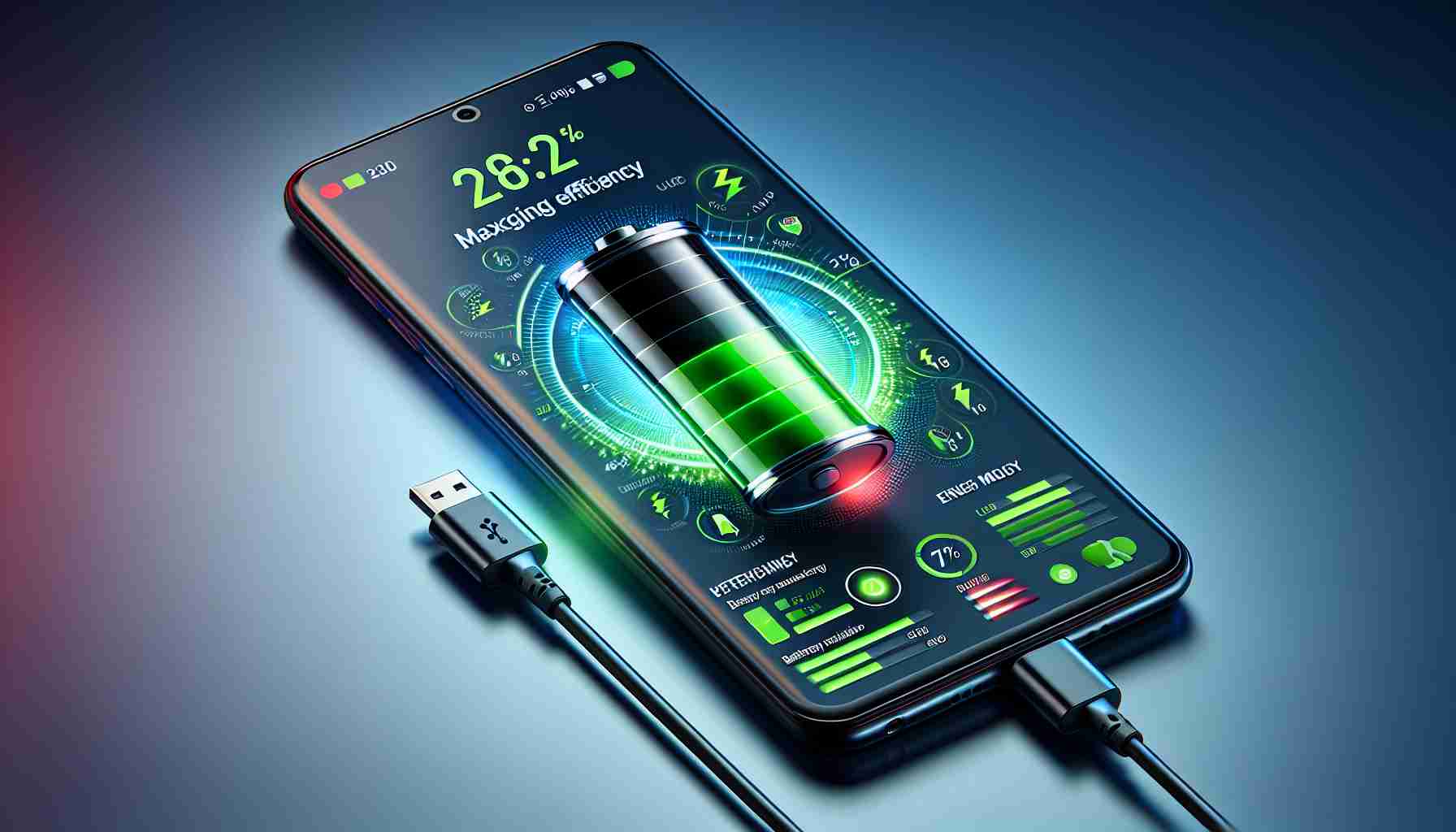Understanding the factors affecting Android phone charging can help optimize the process and maintain the device’s battery life. One common issue is improper connection of the charging apparatus or data cable. A secure and proper connection is crucial for efficient energy transfer.
An often-overlooked problem is a dirty charging port. Dust and debris can accumulate, especially if the phone is frequently placed in dusty environments or pockets with the charging port facing downwards, interfering with the connection and resulting in slower charging speeds.
Environmental conditions like high ambient temperatures can also hamper charging efficiency. Heat can affect battery performance and slow down the charging rate, particularly when the phone is used while charging, which generates additional heat.
The state of the Android operating system can play a role; if the system is experiencing problems, it could lead to reduced charging speeds. Apart from these external factors, the natural aging process of phone batteries is inevitable, but detrimental charging habits can exacerbate this decline.
To ensure optimum charging, routinely check the battery cable for damage and keep the charging port clean. Taking these precautions can prevent the dreaded shift from fast to standard charging mode, averting lengthy wait times while restoring your device’s battery.
When discussing the optimization of the charging process for Android phones, several questions are particularly relevant:
How can one maintain good battery health over time?
To maintain good battery health, it’s crucial to avoid exposing the phone to extreme temperatures and to charge the phone slowly using a standard charger when time permits. Avoid keeping the battery at 100% or 0% for extended periods. Moreover, periodically calibrate the battery by allowing it to discharge fully and then charge it to 100%.
What advantages and disadvantages are there to fast charging versus standard charging?
Advantages: Fast charging is incredibly convenient, allowing users to quickly boost their phone’s battery, which is ideal for those with busy lifestyles or in emergency situations.
Disergdvantages: Fast charging can lead to increased heat production, which may reduce battery lifespan over time. It is also not always available when using third-party charging accessories.
Is it possible to replace a worn-out battery?
Yes, it is often possible to replace a worn-out battery, although the ease of doing so varies by device model. Some models have batteries that are easily replaceable by the user, while others may require professional service. Battery replacement can give the phone a new lease on life and is often a cost-effective alternative to buying a new device.
What role do software optimizations play in charging efficiency?
Software plays a significant role in charging efficiency. Android’s built-in power optimization features can help manage the energy consumption of apps and the system. Additionally, software updates can include improvements to battery management and charging protocols.
Key Challenges or Controversies:
A key challenge in maximizing Android phone charging efficiency involves balancing the need for fast charging with the potential negative impact on battery longevity. Controversies also arise around proprietary charging technologies and their compatibility with universal standards.
Advantages of Efficient Charging:
– Faster turnaround for battery recharge
– Reduced energy waste
– Prolonged battery lifespan
Disadvantages of Inefficient Charging:
– Increased electricity bills due to longer charging times
– Greater wear and tear on the battery, which can lead to a shorter lifespan
– Potential safety hazards if using damaged cables or components
For further understanding and tips on Android efficiency and battery life management, you may visit the official Android website at android.com.
